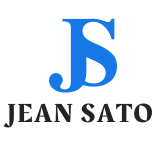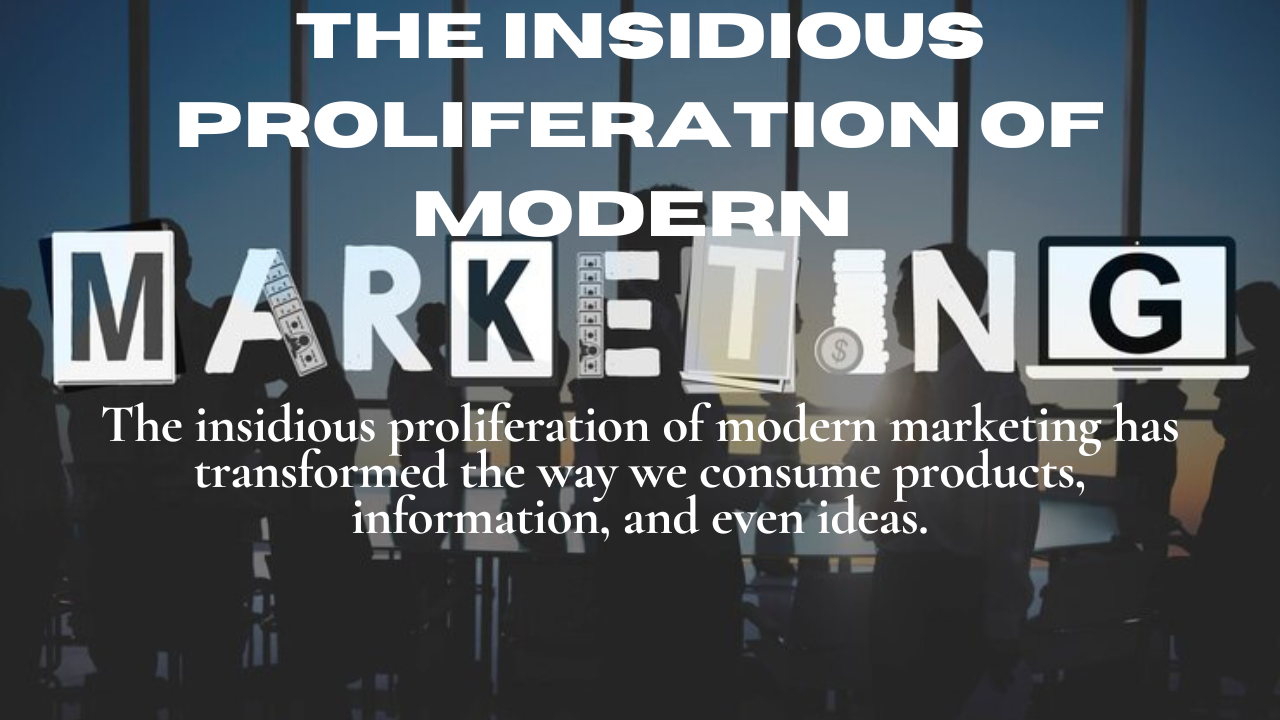In the digital age, diezes—also referred to as hashtags or number signs—have proliferated. They used to be only a straightforward symbol in musical notation to denote a higher pitch, but as social media has grown, they have acquired new significance and uses. We’ll look at Diezes’ history, current applications, and effects on communication in the digital age in this article.
The Origins of Diezes
Diezes have been used in music for centuries, originally to raise a note’s pitch by a half step. In modern musical notation, this usage is still common. But the symbol’s current relevance comes from its early 2000s popularity on social networking sites.
Diezes in the Digital Age
Diezes is a topic categorization tool that Twitter started employing in 2007 to help users identify and join conversations about particular topics. “Hashtagging,” as this technique is called, gained popularity fast and expanded to Facebook, Instagram, TikTok, and other social media sites.
How Diezes Impact Communication
Diezes have significantly changed how we interact in the era of digital technology. They have cultivated communities around common interests by making it simpler to locate and take part in discussions about particular subjects. Additionally, when social media movements like #BlackLivesMatter and #MeToo have gained pace, they have been used to increase awareness of social issues.
Diezes have drawn criticism for their part in disseminating false information and encouraging superficial interaction, though. Some contend that diezes encourage people to simplify complicated topics excessively and turn nuanced conversations into catchy catchphrases.
Conclusion
Diezes have evolved significantly since they were first used in musical notation. They have developed into an effective tool for classifying and arranging data online, influencing how we interact and communicate with one another. Diezes have undoubtedly had a significant impact on the digital world, despite certain negative aspects. This influence is only expected to increase in the years to come.











